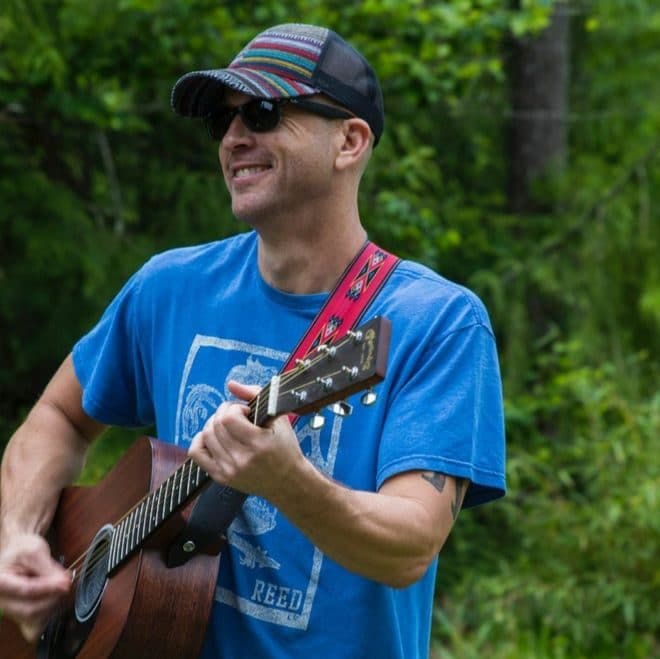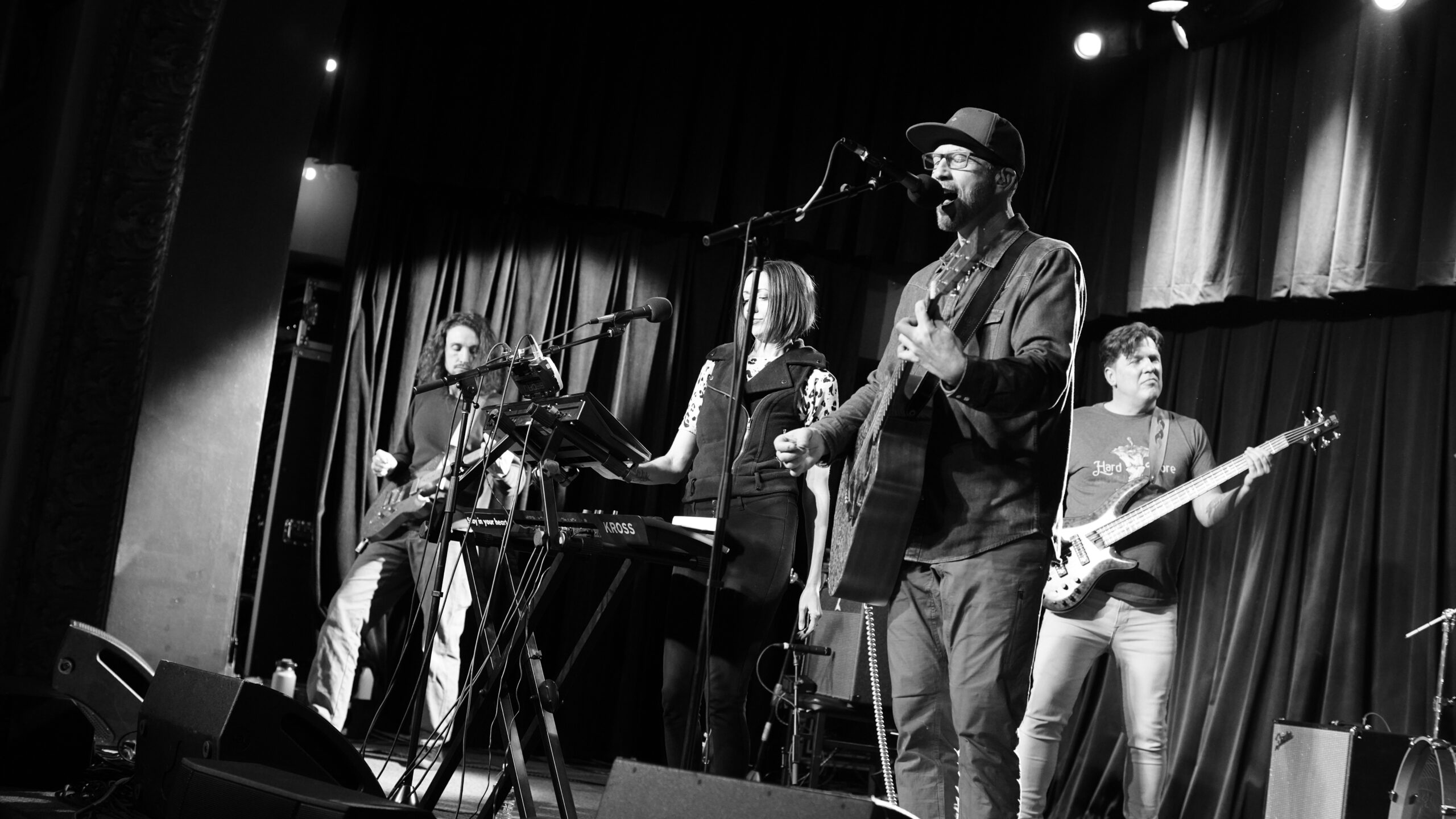As we have discussed before, Bigfoot is not specific to our time or place. People have witnessed similar creatures roaming the forests all over the world for millennia. These stories are united by the features of a large footprint, head-to-toe fur, and an upright gait. With that being said, there was a particular event that sparked our current cycle of Bigfoot sightings in North America.
This one event reignited the search for the Sasquatch. It came at an interesting time, the late 1950’s, when paranormal sightings of many kinds were beginning to increase in frequency. People were seeing flying saucers overhead. They were hearing ghosts in the basement. And in the woods, they were finding strange footprints.
Let’s dive into the first modern sighting of Bigfoot, paying attention to the people and region that gave rise to our contemporary image of the cryptid.
THE LOGGERS OF NORTHERN CALIFORNIA
Northern California in the late 50’s was doing well. It was full of small towns connected by a series of highways winding through the natural grandeur of the area. Logging was the main commodity, with operations that funded many families, and that culture of logging meant many men were cycling around to different camps. They’d talk and trade information, tell stories — not only with fellow loggers but other working class people in the area doing similar work.
Logging is highly disruptive to the forests it touches. As systems theorists and biologists know now, every tree we destroy eliminates a node in a highly intricate system of living things. We not only destroy the carbon sequestering and nutrients creating trees themselves but also the shelter and living space of many creatures. The same goes for breaking new ground for roads and subdivisions.
As development goes through destroying this natural habitat, creatures emerge and move. A lot. The noise of the heavy machinery alone is enough to startle and clear out many populations of animals miles ahead of the crew.
It is also important to remember that the northern California coastline in the 50’s is nothing like what we have today. The area was deeply rural. The post war economic boom, however, meant that Californians were surging forth into the land. The rising prevalence of the car meant new roads, new suburbs, new development everywhere.
What this portrait of the time, place, and people is important context for Bigfoot. Americans were in a euphoric rush into the untamed land. We were spreading out, disturbing places that we’d never built in before. And the people on the frontlines of this expansion, like the loggers who supplied the materials for building, were in frequent contact with one another and lived in a culture of storytelling and information sharing.
But it turned out that the forests they were entering held secrets. And when they learned of these, they would begin a pop culture fascination that would last for generations.
FOOTPRINTS IN THE FOREST
The man often placed in the center of the first sighting was an honest, unsuspecting worker named Jerry Crew. Crew was working on a road construction site in Bluff Creek, California on a hot August day in 1958.
When he first arrived at that patch of torn up earth, he noticed tracks in the mud. The road construction process often left large swathes of exposed dirt, and wildlife tracks were common sights in the morning. It wasn’t until he mounted a tractor to get to work that he noticed just how peculiar these tracks were.
In the ground below him were enormous, humanoid footprints.
Crew later told the story to other workers at the job and in the area, and he began to hear strange things from his fellows. Missing diesel tanks at other job sites, similar footprints left in the mud, a 700 pound tire thrown into a ditch.
The men returned to work, but the talking continued. They began to refer to this creature as Bigfoot — a tad uninspired but it got the point across.
A couple of months went by when in September, Crew found more tracks. This unsettled the typically level headed Crew. He began to take the monster seriously, and he traced footprints to bring to a taxidermist for information. The taxidermist taught Crew how to make plaster casts of footprints, lamenting that the traced outline was too vague to be of any use.
Crew went on to find another set of tracks and created a plaster cast of a footprint 16 inches long. He knew that he’d found something big. What he didn’t know is that a media firestorm was about to spark in his neck of the woods.
THE NEWSMAN COMETH
It was a fellow Humboldt County citizen who tipped off the papers. Coralie Bemis wrote about the stories she’d been hearing from her neighbors and sent the letter to one Andrew Genzoli.
Genzoli was a columnist for the Humboldt Times, notable for his colorful prose and florid nostalgia for a simpler time in the county. His first reaction to the letter was to laugh, appreciate the joke, and set it aside.
It wasn’t until he had difficulty finishing a column that he decided to pad out his piece with Coralie’s letter.
The readers became insatiable. They wanted to know more about this creature, either out of curiosity or because many had their own experiences that matched the story too well. Genzoli teamed up with fellow writer Betty Allen, and the two set out to investigate.
The story was soon picked up by newspapers around the country, intriguing some and baffling others. Bigfootmania had gone nationwide.
The footprint casts made by Crew, the letter by Bemis, and the writing of Genzoli and Allen all came together to create the modern Bigfoot craze. Interestingly, when Ray Wallace famously outed himself as a hoax artist responsible for making fake Bigfoot tracks, experts noted that these faked footprints were much too small to be the source of Crew’s cast. And so many Bigfoot researchers return to Crew’s casts as not only the first but some of the most plausible in the evidence pile.




































